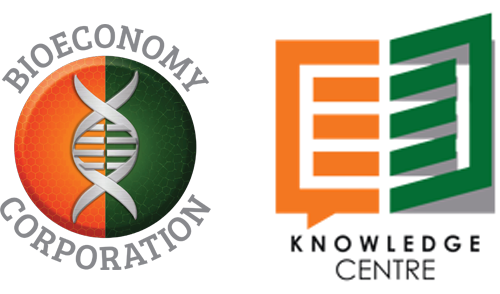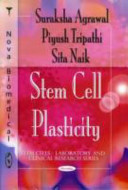Stem Cell Plasticity
| Series: | |
| Publisher: | Nova Biomedical Books |
| Subject: | Stem cells--Transplantation, Hematopoietic stem cells |
| Authors: | Suraksha Agrawal , Piyush Tripathi , Sita Naik |
| Pages: | 77 pages |
| Binding: | Hardcover |
| ISBN: | 9781607414735 |
| Call No: | QH588 S83 A37 2009 |
Although hematopoetic stem cell (HSC) transplantation has been in practice for almost half a century, the improved understanding of stem cells over past two decades has revolutionised this field making it as most promising aspect of translational medicine. HSC are found in small numbers in peripheral blood as compared to bone marrow. However, use of growth factors has opened new avenues to successfully use peripheral blood as source of CD 34+ HSC. These are pluripotent cells that are competent for self renewal and differentiation to a variety of specialised cells and are replenished with fresh cells every day. Recent understanding about their mobilisation, homing and plasticity suggest that they can be useful for the maintenance and regeneration of various specialised tissues. This provides an opportunity to explore the specific niche responsible for stem cell plasticity, their trans-differentiation into specific cellular lineages as well the kinetics of their recovery whenever required. The normal physiological microenvironment may be unable to provide a suitable environment for the rapid regeneration of HSC required for coping with tissue damage and may need some external interventions. The autologous stem-cell transplantation (SCT), has decreased risk of graft -- versus -- host disease, and provides opportunities of external interventions in terms of ex vivo manipulation. In the diseases of hematopoietic and immune system allogeneic transplant remains a better modality but is associated with grave risk of graft -- versus -- host disease (GVHD). However, in these cases it is needed to engineer the hematopoietic stem cell (HSC) graft to remove the cells which cause GVHD or relapse to improve graft functions. Hematopoetic stem cell transplantations have been successful in a variety of diseases including leukemia and other hematopoetic disorders. Though results of HSCT are promising, developing a more mechanistic approach to plasticity and improving the external interventions and ex vivo manipulations may lead to improving the efficiency and speed of regeneration of transplanted cells. This could result in better use and wider application of stem cell based therapies.

